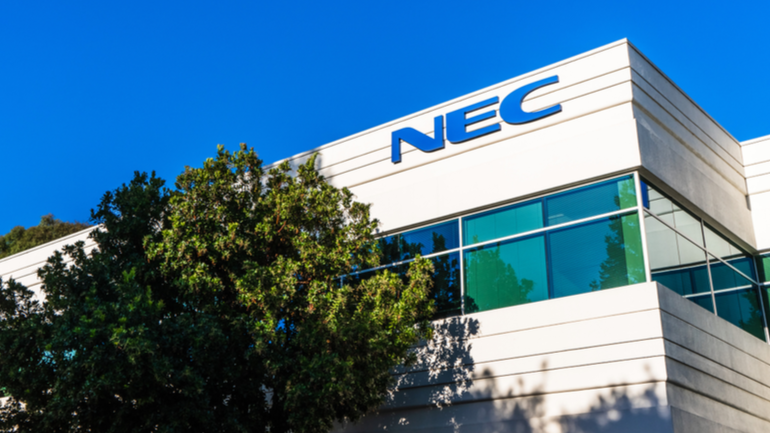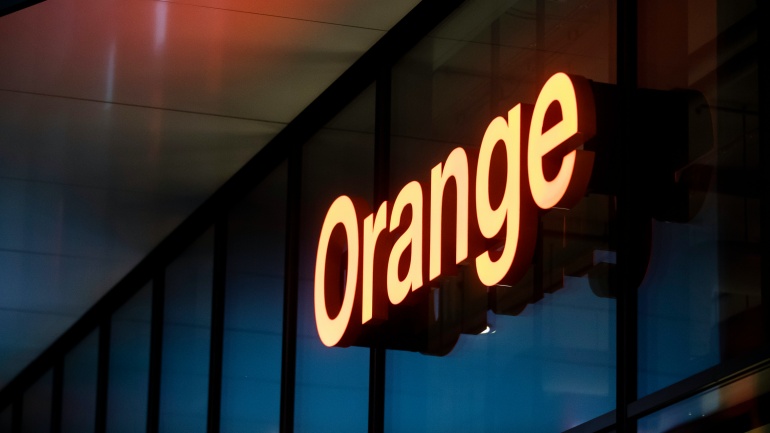Nokia, DOCOMO, Fujitsu, NEC, and NTT have established a collaboration to design and develop critical 6G technologies. In proof-of-concept (POC) experiments, next-generation mobile technologies will be focused on the sub-terahertz band and AI-enabled interfaces. The partnership will concentrate on two proof-of-concepts for upcoming 6G technologies: an AI native air interface and sub-THz radio access. These seek to prove that an AI-based 6G air interface outperforms a traditional air interface in terms of performance, and that high-data-rate beamformed access can be obtained in a high frequency band at 140 GHz. Nokia thinks that 6G will not only improve on existing technologies and systems, but will also expand and revolutionize the capabilities of a network. It will bring together the human, physical, and computer realms in order to unleash the full human potential. Nokia has identified six important technologies that will be critical components of future 6G networks in order…
NEC Corporation, along with its subsidiary OCC Corporation and Sumitomo Electric Industries, has stated that they have conducted the first testing of an uncoupled 4-core underwater fiber cable and confirmed its transmission performance to fulfill the stringent requirements of global telecommunications networks. International data usage is anticipated to increase by 30-40% by 2026, owing to reasons such as the expansion of 5G mobile data and the necessity to exchange ever more content between data centers located around the world. Submarine networks are using space division multiplexing (SDM) technology to fulfill this need, which increases the number of separate spatial channels to maximize the overall capacity of the system, decrease energy usage and minimize the cost per bit transferred. Multicore fiber is projected to increase the number of parallel optical fiber cores without changing the size and structure of underwater cables, allowing the introduction of second generation of submarine SDM…
Orange, a French multinational telecommunications corporation, has extended its 5G test program in the 26 GHz band. This initiative was launched in 2019 to focus on testing the capabilities of frequencies for industrial use cases in France. A consortium consisting of Orange, Nokia, the railway company SNCF and the academic facility Institut Mines – Telecom (MIT), has been given a grant from the French government to trial 4.0 industrial applications over 5G using the 26 GHz spectrum. The grant will allow the consortium to develop an existing pilot that Orange performed for eighteen months at the Rennes train station in France, while working with the French state-owned railway company SNCF and Nokia. As part of the project, Orange will provide network services and Nokia will provide technological connectivity offerings, including private networks, while MIT will focus on data hosting using edge computing. This project puts emphasis on…






